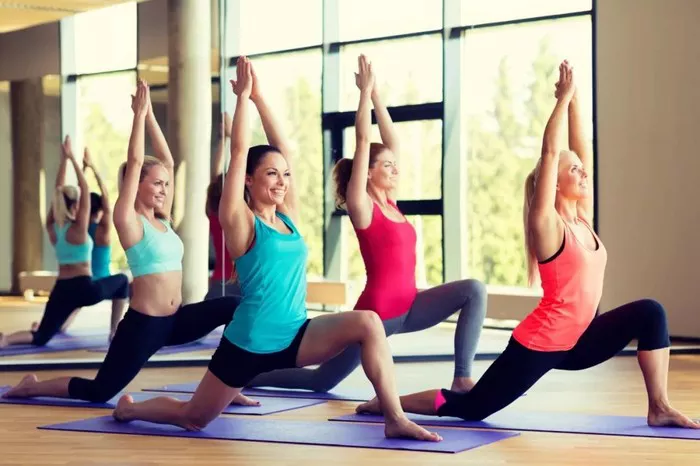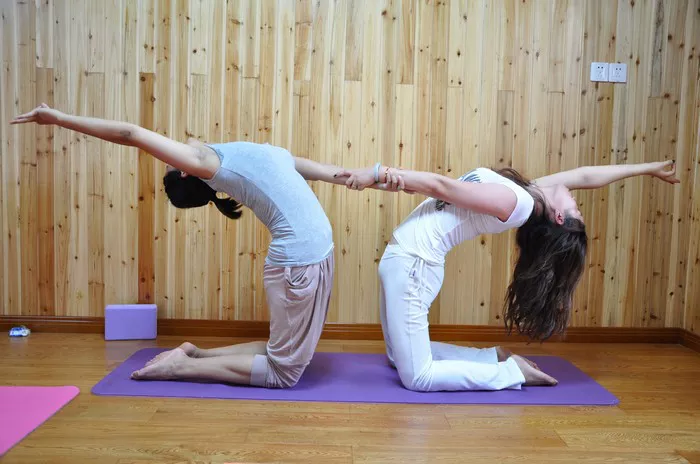Yoga, with its rich history spanning millennia, offers a plethora of poses that not only enhance physical flexibility and strength but also delve into the realms of spiritual and mental well-being. Among these, the Peacock Pose, or Mayurasana in Sanskrit, stands out for its unique symbolism, challenging physical demands, and myriad benefits. In this article, we will explore the origins, symbolism, physical and mental benefits, variations and modifications, step-by-step instructions, as well as precautions and contraindications associated with mastering the Peacock Pose.
Origins and Symbolism
Originating from ancient Indian traditions, the Peacock Pose derives its name and inspiration from the majestic peacock, revered in Hindu mythology as the vehicle of Kartikeya, the god of war. The pose symbolizes grace, strength, and balance, qualities embodied by the peacock itself. Its depiction in ancient texts such as the Hatha Yoga Pradipika underscores its significance in the practice of yoga as a means to achieve physical mastery and spiritual enlightenment.
Physical and Mental Benefits
Physical Benefits
The Peacock Pose offers a multitude of physical benefits, making it a sought-after posture in advanced yoga practice:
1. Core Strengthening: Mayurasana engages the abdominal muscles intensely, promoting core strength and stability.
2. Arm and Shoulder Strength: Supporting the body’s weight on the arms and shoulders enhances strength in these areas, improving overall upper body strength.
3. Digestive Health: The compression on the abdomen stimulates digestive organs, aiding in digestion and metabolism.
4. Wrist Flexibility: Weight-bearing on the hands improves wrist flexibility and strength, essential for various yoga poses and daily activities.
See Also: Top 10 Simple Yoga Poses and How to Do
Mental Benefits
Beyond its physical aspects, mastering Mayurasana brings about significant mental benefits:
1. Focus and Concentration: Holding the pose requires intense focus, helping practitioners cultivate mental concentration and mindfulness.
2. Stress Relief: The controlled breathing and focused attention involved in practicing the pose promote relaxation and alleviate stress.
3. Confidence and Inner Strength: Overcoming the challenges associated with Mayurasana boosts self-confidence and resilience, both on and off the mat.
Variations and Modifications
While Mayurasana is traditionally practiced with certain alignments and techniques, variations and modifications allow practitioners of different levels and physical abilities to experience its benefits:
1. Variations for Beginners: Beginners can start with modified versions such as Half Peacock Pose (Ardha Mayurasana), where the legs remain on the ground while the torso is lifted.
2. Advanced Variations: Advanced practitioners may explore more challenging variations, such as Eka Pada Mayurasana (One-legged Peacock Pose) or Mayurasana in Lotus position.
3. Using Props: Props like yoga blocks or blankets can assist in gradually building strength and stability, ensuring safe progression in mastering the full pose.
Step-by-Step Instructions
Mastering Mayurasana requires careful preparation and step-by-step progression:
1. Preparation: Warm up the body with Sun Salutations (Surya Namaskar) and wrist-strengthening exercises.
2. Starting Position: Begin in a kneeling position with knees hip-width apart and hands shoulder-width apart on the mat.
3. Placement of Elbows: Place the elbows close together, forming a triangle with the forearms and hands.
4. Lift into Position: Lean forward, balancing the body’s weight on the elbows and gradually lift the feet off the mat, extending them backward.
5. Straighten Legs: Straighten the legs fully, engaging the core muscles and maintaining a straight line from head to heels.
6. Hold and Breathe: Hold the pose for several breaths, maintaining steady breathing and focusing on core engagement.
7. Release: To release, slowly lower the legs back to the mat and rest in Child’s Pose (Balasana) to relax the wrists and shoulders.
Precautions and Contraindications
While Mayurasana offers numerous benefits, certain precautions must be observed to prevent injury:
1. Wrist Injury: Individuals with wrist injuries or conditions such as carpal tunnel syndrome should avoid or modify the pose to avoid exacerbating discomfort.
2. Shoulder Issues: Those with shoulder injuries or instability should approach Mayurasana with caution or under the guidance of a qualified yoga instructor.
3. Pregnancy: Pregnant women should avoid practicing Mayurasana due to the abdominal compression and risk of falling forward.
Conclusion
In conclusion, mastering the Peacock Pose (Mayurasana) requires dedication, patience, and respect for its physical and spiritual dimensions. By understanding its origins, symbolism, benefits, variations, and precautions, practitioners can approach Mayurasana with informed awareness, reaping its rewards while minimizing risks. Whether you’re a seasoned yogi seeking to deepen your practice or a beginner aspiring to challenge yourself, Mayurasana offers a transformative journey towards physical strength, mental clarity, and spiritual balance on the path of yoga.
By integrating the Peacock Pose into your yoga routine with mindfulness and proper technique, you embark on a journey that transcends the physical postures, enriching your holistic well-being and nurturing a deeper connection with the ancient wisdom of yoga.
Related topics:


















